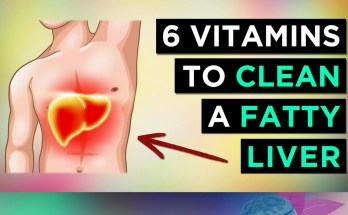Salt, often demonized in health discussions, plays a crucial role in maintaining your body’s balance. While excessive salt intake can lead to health issues, too little salt can also cause problems. Sodium, the main component of salt, is essential for nerve function, muscle contraction, and fluid balance. Here are 12 surprising signs that your body might be craving more salt.
1. Persistent Fatigue
If you feel constantly tired despite getting enough sleep, it could be due to low sodium levels. Sodium helps regulate blood pressure and energy production; without enough of it, your body struggles to maintain stamina.
2. Frequent Headaches
Low sodium levels can cause dehydration and disrupt the balance of fluids in your brain, leading to frequent headaches or migraines.
3. Muscle Cramps or Weakness
Sodium is vital for muscle contractions. A deficiency may result in painful cramps or general muscle weakness after physical activity.
4. Dizziness or Lightheadedness
Feeling dizzy when standing up quickly? This could indicate low blood pressure caused by insufficient sodium intake.
5. Intense Salt Cravings
Your body has a natural way of signaling what it needs. If you’re constantly craving salty snacks, it’s likely a sign that your sodium levels are too low.
6. Nausea or Vomiting
A lack of sodium can disrupt the digestive system and lead to nausea or even vomiting in severe cases.
7. Brain Fog or Poor Concentration
Sodium plays a role in nerve signaling and brain function. Low levels may impair cognitive abilities and make it hard to focus.
8. Dry Mouth and Thirsty Feeling
While thirst is commonly associated with dehydration, it can also signal an electrolyte imbalance caused by insufficient salt intake.
9. Low Blood Pressure (Hypotension)
Salt helps maintain blood pressure levels. Without enough sodium, you may experience symptoms like fatigue and fainting due to hypotension.
10. Irregular Heartbeat (Arrhythmia)
Sodium regulates electrical impulses in the heart. A deficiency might cause palpitations or irregular heart rhythms.
11. Poor Exercise Performance
Athletes losing sodium through sweat may notice reduced endurance and performance if they don’t replenish their salt levels adequately.
12. Unexplained Weight Loss
In some cases, low sodium levels can lead to water loss from cells, resulting in unexpected weight loss that isn’t related to fat reduction.
How Much Salt Do You Need?
The recommended daily intake of sodium varies depending on age, activity level, and overall health conditions but generally falls between 1,500-2,300 mg per day for most adults according to health guidelines.
If you suspect you’re not getting enough salt based on these symptoms, consult a healthcare provider before making significant dietary changes—especially if you have pre-existing conditions like hypertension or kidney disease where excess salt could be harmful.
By understanding these signs and maintaining a balanced diet with appropriate sodium levels, you can ensure optimal health while avoiding the risks associated with both too much and too little salt intake.
—
Top 3 Authoritative Sources Used:
- World Health Organization (WHO): Provides global guidelines on recommended daily sodium intake for maintaining good health.
- National Institutes of Health (NIH): Offers detailed research on the role of electrolytes like sodium in bodily functions.
- Mayo Clinic: Trusted source for understanding symptoms related to electrolyte imbalances such as low sodium levels (hyponatremia).
Here’s If You Love to Read More: Top 6 Vitamins and Nutritional Supplements for Better Sleep (Wake Up Energized)
Here’s If You Love to Watch Movie: MyFlixerHD





